What makes a more aero bike helmet?
The sunglasses vs visor debate, and the rise of aero road helmets
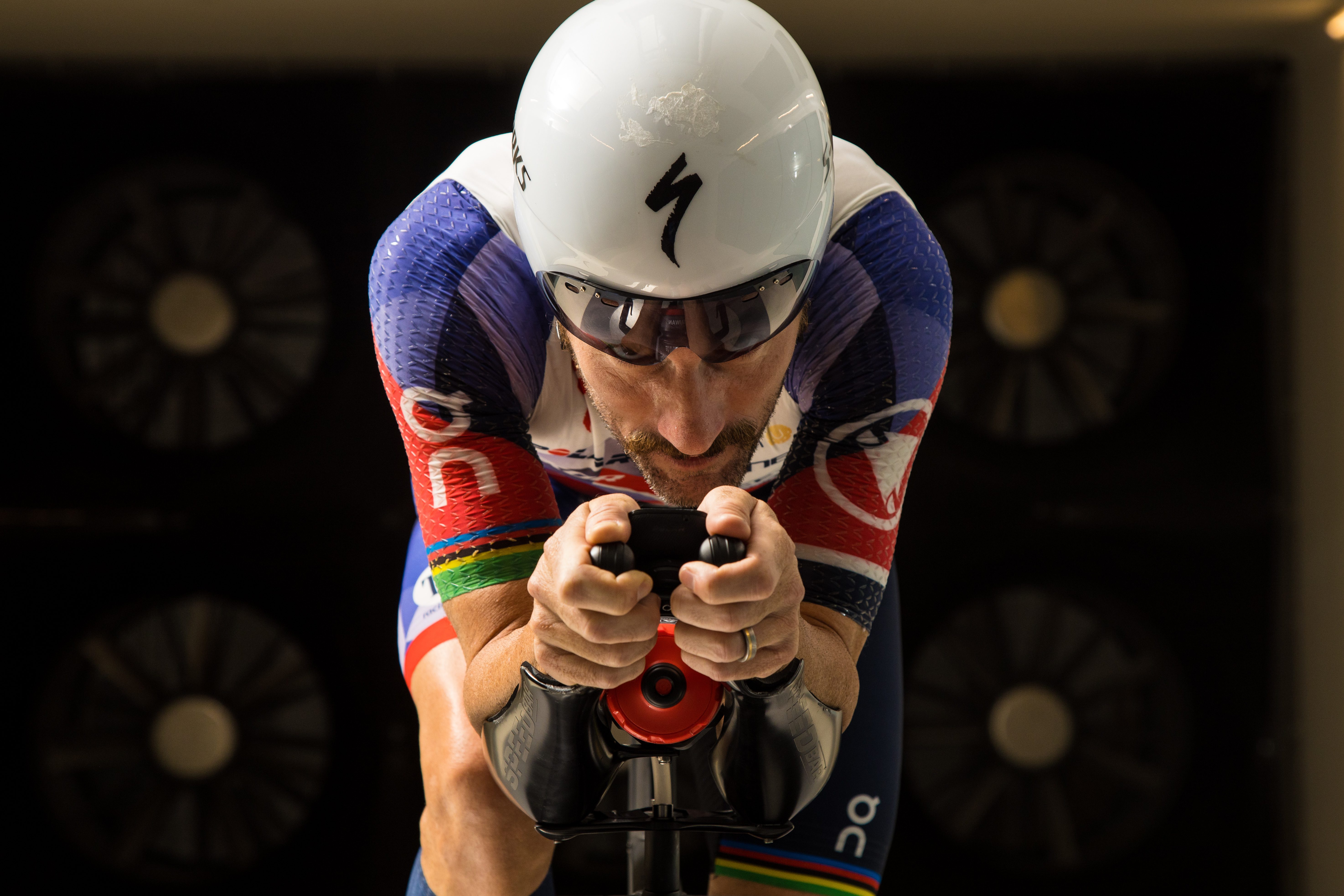
— by Sean Mackinnon
When I think of fast cycling helmets, I immediately think of track racing in the velodrome and team time trials. But I also remember my triathlon days and early cycling years, when I wore many different aero helmets, some with visors and some with sunglasses. While racing on the track over the years I always wore an aero helmet with a visor. The same was true for all of my biggest individual time trials while competing around the globe.
Related: Ironman races in Canada: Road or tri bike?
It’s fun for me to watch how triathletes are trying to get the most out of their helmet choices in races. At the 2018 Ironman World Championship, Cameron Wurf had the fastest bike split for the men wearing an aero helmet with a visor. In the women’s race, Daniela Ryf kitted herself out in one cool-looking aero helmet with a visor and rode a sub-4:30 split on her way to a new overall course record in addition to the bike course one she set.
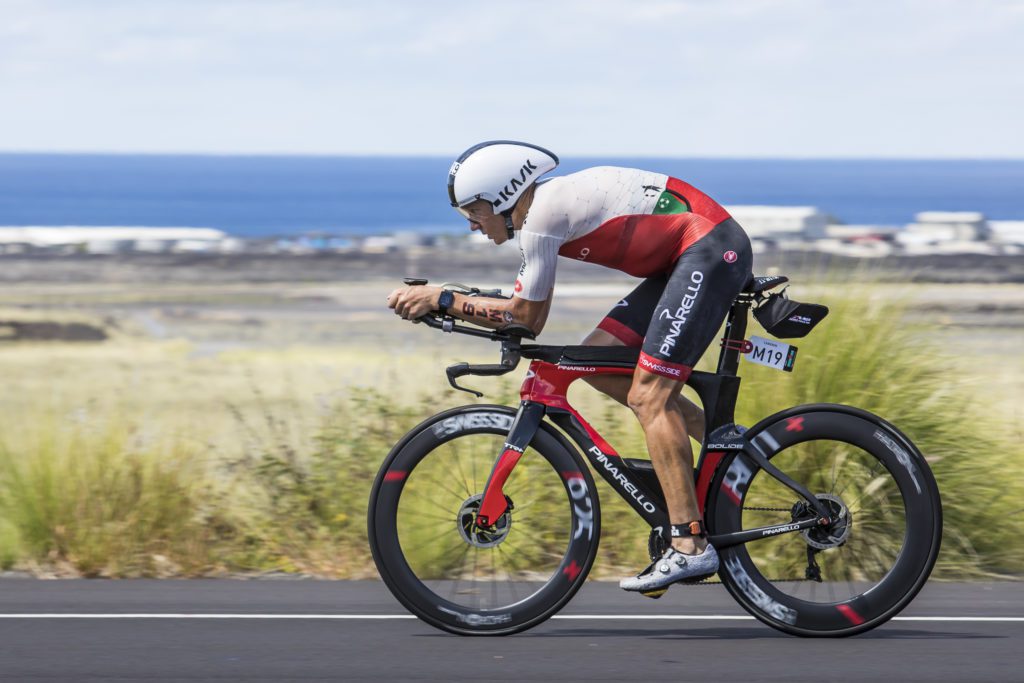
In 2017 both Ryf and Wurf opted for aero helmets and sunglasses in Kona, something they both changed in 2018 and rode substantially faster. Although there were certainly other factors that helped with their record-breaking bike rides, their choices will certainly influence other triathletes when it comes to their race-day helmet choices.
Many things need to be taken into consideration when selecting an aero helmet for the bike leg of a triathlon, or even a new training helmet for putting in the kilometres safely. Fit should always come first, as when a crash does happen, a helmet can save your life. There is nothing scarier than flying over the handlebars and landing on your head at a high speed, all while hoping your helmet will do its job. Start by finding a helmet that fits you well and is comfortable. After that, you can make the call on which helmet will help you reach your race goals.
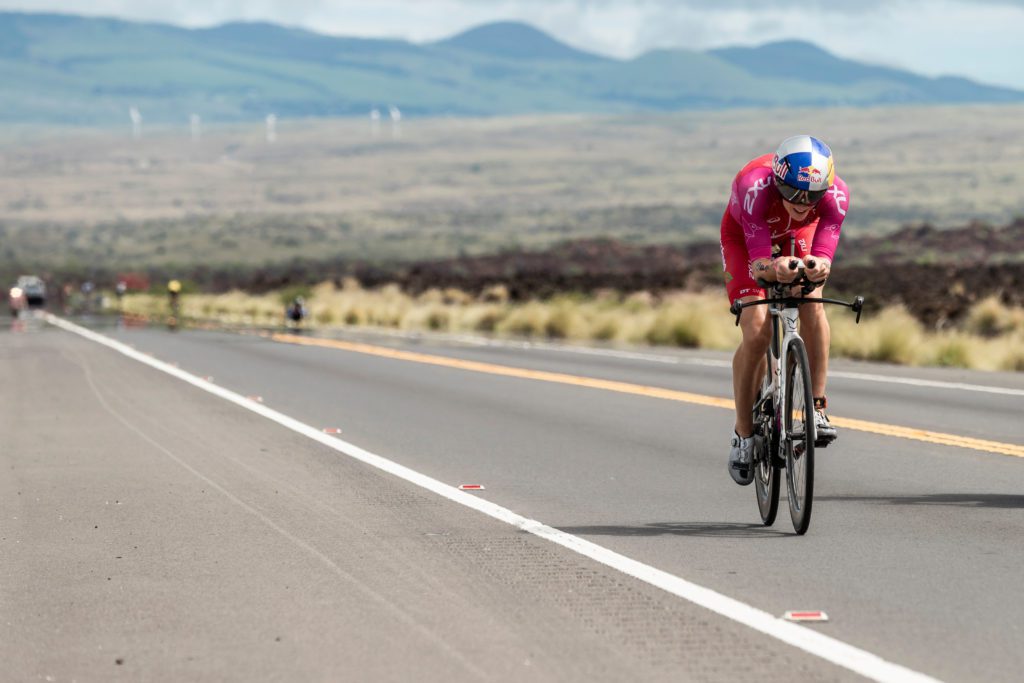
Every helmet brand seems to offer a number of different aero options helmet models for all types of riders, and many of these models feature visors that are completely integrated, while other models feature visors that detach easily. Some even offer storage for the visor on the helmet for changing conditions while out on the road.
Triathlon Roots
Aero helmets are hardly new and were originally seen in the triathlon world. Aero helmets sprung into the cycling world in 1989, when Greg Lemond used an aero helmet (with sunglasses) and aerobars to beat Laurent Fignon in the decisive final day individual time trial at the Tour de France. The American used this new technology to beat out the “old school” Frenchman who didn’t wear a helmet, wore his regular eyeglasses and let his ponytail flap in the wind. His bike was equipped with double-disc wheels and bullhorn handlebars. Fignon lost the three- week tour by a handful of seconds, because of his lack of aerodynamic equipment. That was the day aerodynamics was legitimized in the cycling world, making it easy to argue that every cyclist and triathlete should seek out the best kit to maximize aerodynamics while racing.
The early aero triathlon helmets did not feature visors – and for good reason. Anyone who has raced, or done intervals, in an aero helmet with a visor is all too aware of the “fishbowl” feeling that can be claustrophobic, hot and a bit intimidating. For pros, though, learning to deal with that feeling can be well worth the effort: a helmet with a visor is faster. To average over 43 km/ h in Kona last year, Wurf would have looked at every piece of his equipment to ensure he was maximizing his efficiency.
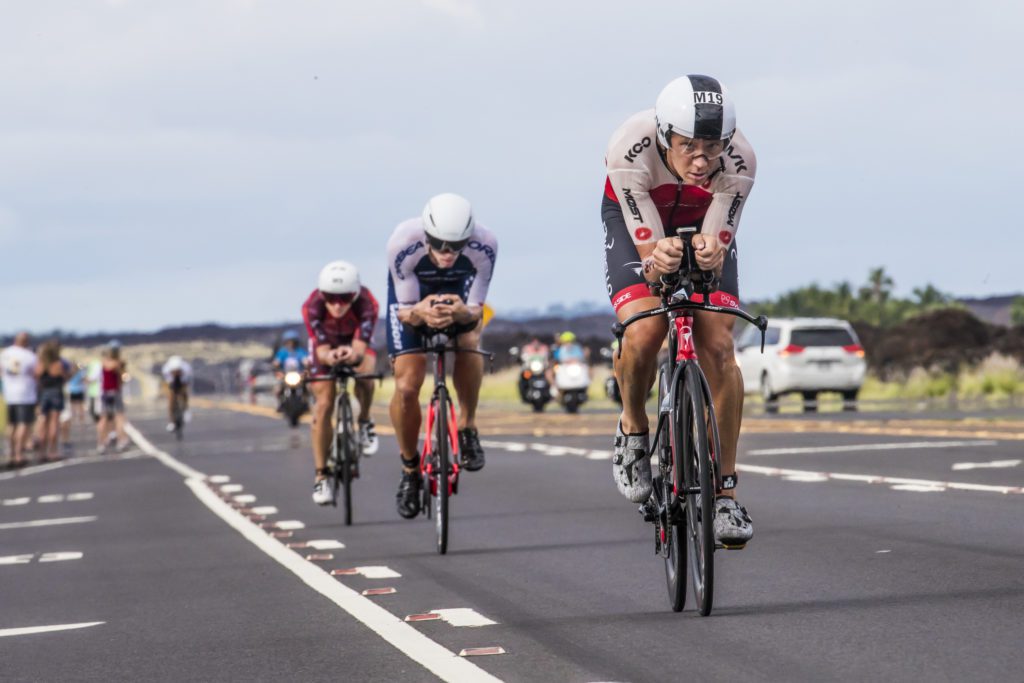
The 40 km / h-plus club benefits hugely from aero helmets. To maintain that sort of speed for that long requires working on your position on the bike, especially your head position while wearing a race helmet. For those who aren’t riding nearly as fast, an aero helmet might mean sacrificing comfort for minimal aerodynamic gains. For middle-of-the-pack cyclists, the best option may be an aero road helmet, which offers some aero benefits with more ventilation and comfort.
Sunglasses or Visor
The glasses verses visor debate will probably never be put to bed, because conditions can often factor into equipment decisions. Distance, weather and position on the bike will always force athletes to adapt their equipment to the course they are tackling. Track racing on the velodrome has primarily favoured aero helmets with visors in the pursuit and sprint disciplines, and they are even being seen in bunch racing on the track these days.
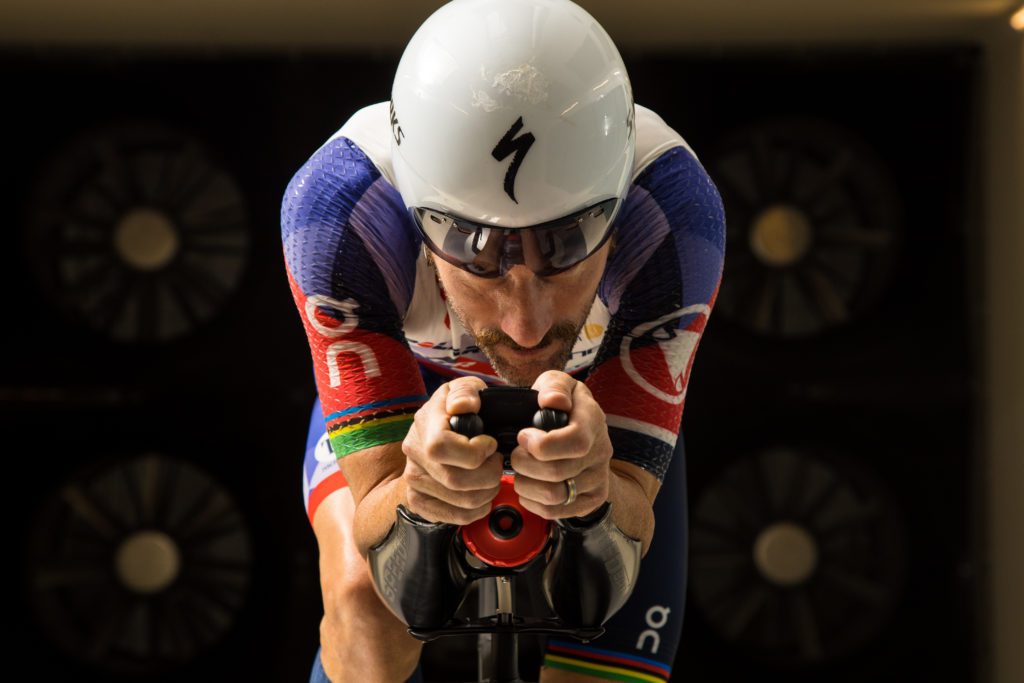
Related: The Specialized S-Works Shiv Disc and Win(d) Tunnel
Although it might be tempting to just look at the world’s fastest athletes and copy them, you could be sacrificing some other aspects of your efficiency on the bike. Comfort is one major factor pros might overlook for aerodynamic gains as they chase every second against their competitors. For an age-grouper, though, an aero road helmet might be a better option for a long, 180-km effort than an aero helmet with less ventilation.
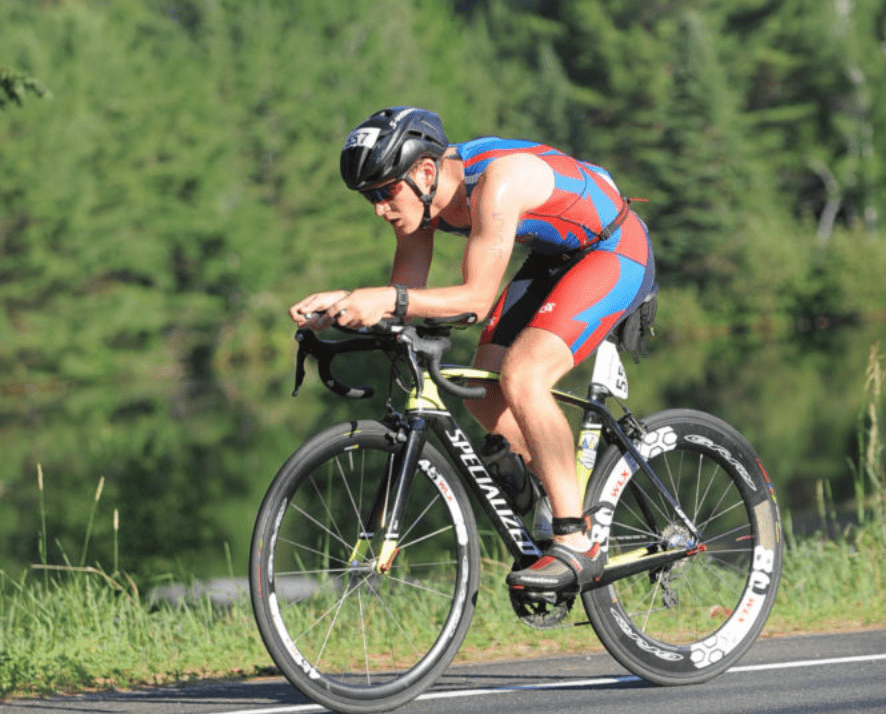
And it’s not just the ventilation you need to pay attention to; with many time trial helmets, the head position can also negate some of the aero benefits of the helmet. These days, there are a number of different helmet shapes for racers – different shapes will benefit different head positions riders might maintain while they are in their aero position. The traditional teardrop aero helmet is still effective if a rider is able to hold their
head in the helmet’s most aerodynamic position, which is still and almost flush to the back. That’s a hard position to maintain, though. What might be relatively easy to maintain for a 20 km sprint might become an ordeal during a 180 km full-distance effort.
In recent years helmet companies have adapted to new research showing the negative effects of incorrect head position, which is why you see so many shorter teardrop helmets that maintain the aero benefits through a variety of different head positions as riders shift and adjust on the bike. Finding an aero helmet with the right shape for your position is important if you’re going to go the aero route. Before you do that, though, determining what kind of aero (time trial or aero road) helmet will best suit your needs is an even more important decision.
Sean Mackinnon won two bronze medals at the 2015 Pan Am Games.
